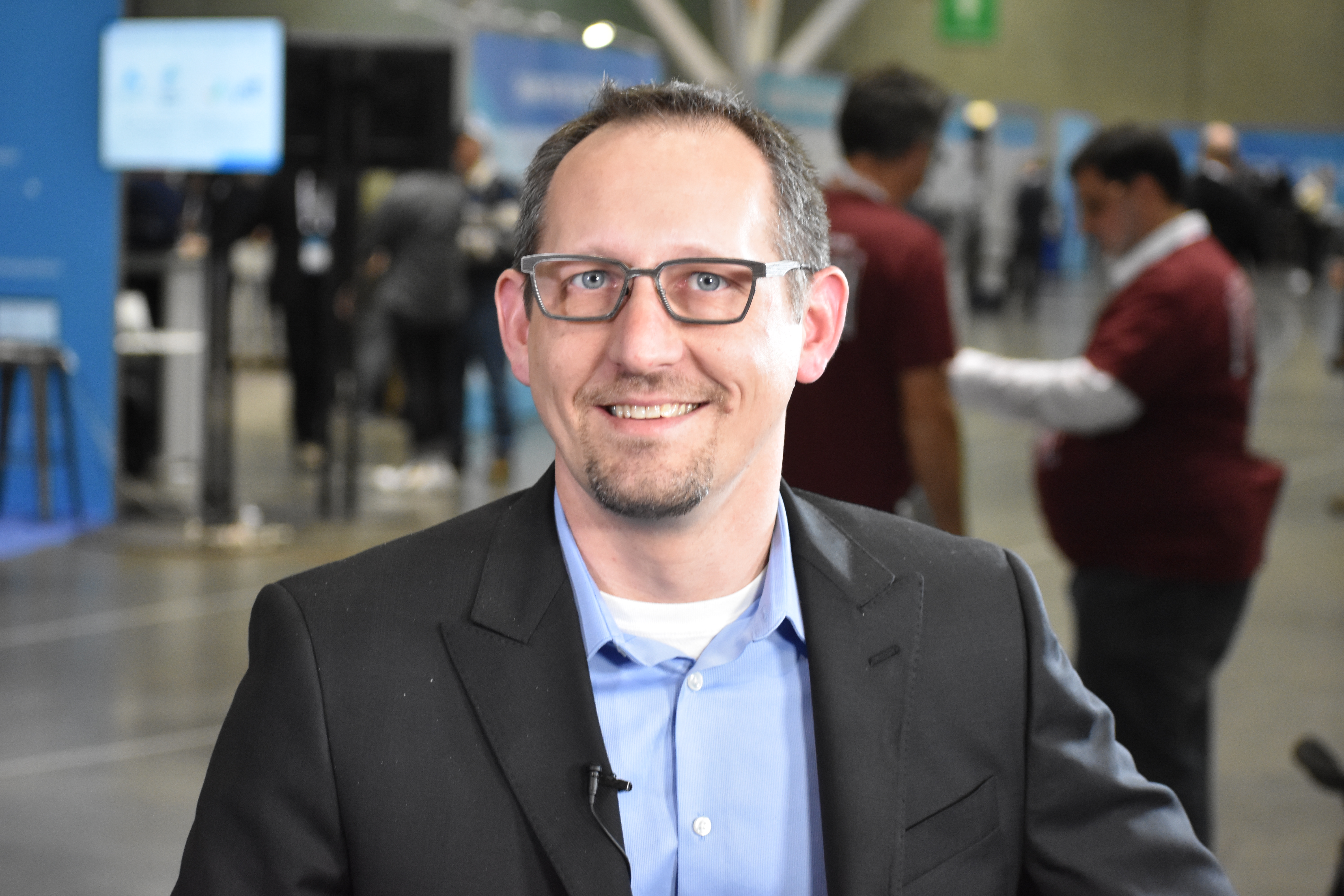 CLOUD
CLOUD
 CLOUD
CLOUD
 CLOUD
CLOUD
The open-source computing community is a fertile breeding ground for innovation, which is a good thing. The flipside to the explosive growth, however, is that the compute ecosystem has become increasingly convoluted and confusing. Aiming to simplify the complex is cloud computing platform Cloud Foundry.
“[Cloud Foundry] looks at the entire spectrum of open-source software as a … market of componentry that can be brought together, and we bring it together,” said Chip Childers, (pictured) chief technology officer of the Cloud Foundry Foundation. “Think of it as almost a rationalization of the innovative chaos that’s occurring.”
Childers spoke with Stu Miniman (@stu), host of theCUBE, SiliconANGLE Media’s mobile livestreaming studio, at the Cloud Foundry Summit in Boston, Massachusetts. They discussed how the Cloud Foundry platform simplifies digital transformation and cloud accessibility. (* Disclosure below.)
The Cloud Foundry ecosystem was developed with the goal of “helping a developer be a better developer in the context of their organization,” said Childers. And key to helping developers is the ability to easily scale and manage software. Simplicity also means easy operation, and the Cloud Foundry platform can be operated by a very small team, with 10 to 15 operators able to handle thousands of engineers and tens of thousands of applications, according to Childers and Frick.
Unified experience is important to Cloud Foundry’s customer base, and there are two predominant modes for managing cloud-native application workloads: custom platform as a service software written by Cloud Foundry and independent vendor-delivered software. Both methods are easy on Cloud Foundry, Childers stated.
“With PaaS, just hand the system your code; or the container service, just hand it a container image. Both of them work really well together,” he said.
T-Mobile, Comcast and the U.S. Air Force are three major organizations cited by Childers as “running their whole business on Cloud Foundry.” The U.S. Air Force runs air traffic control and coordinates jet fueling on the platform, “so we take that seriously,” he concluded.
Watch the complete video interview below, and be sure to check out more of SiliconANGLE’s and theCUBE’s coverage of the Cloud Foundry Summit. (* Disclosure: TheCUBE is a paid media partner for the Cloud Foundry Summit. Neither the Cloud Foundry Foundation, the event sponsor, nor other sponsors have editorial control over content on theCUBE or SiliconANGLE.)
Support our mission to keep content open and free by engaging with theCUBE community. Join theCUBE’s Alumni Trust Network, where technology leaders connect, share intelligence and create opportunities.
Founded by tech visionaries John Furrier and Dave Vellante, SiliconANGLE Media has built a dynamic ecosystem of industry-leading digital media brands that reach 15+ million elite tech professionals. Our new proprietary theCUBE AI Video Cloud is breaking ground in audience interaction, leveraging theCUBEai.com neural network to help technology companies make data-driven decisions and stay at the forefront of industry conversations.